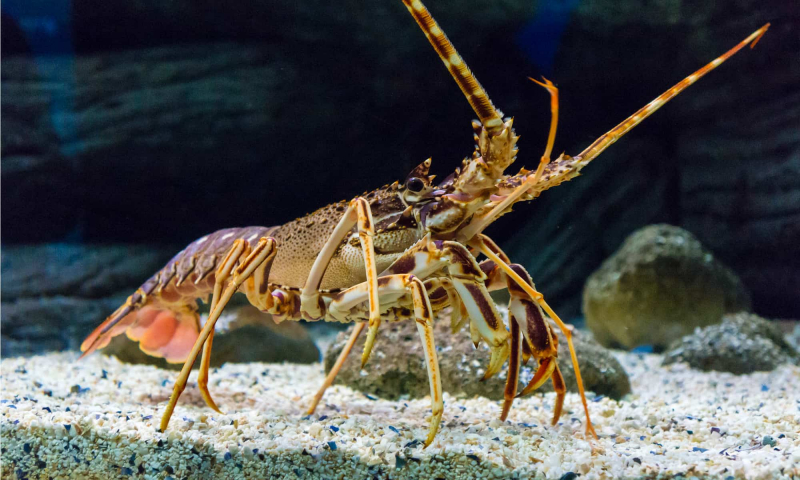Lobsters
Nephropidae is the family of marine crustaceans that includes lobsters. These creatures have elongated bodies coated in a hard exoskeleton that is designed to shield them from potential predators. Lobsters reside in cracks or burrows on the ocean floor and have long, muscular bodies. On rocky, sandy, or muddy bottoms from the seashore to beyond the edge of the continental shelf, lobsters may be found in all oceans. Typically, they dwell alone in rock caves or burrows. Additionally, these sea urchin predators have distinctive claws on their front legs that they utilize for hunting and self-defense.
Pereiopods are creatures with very strong claws. Many lobsters have asymmetrical claws, with the "crusher" being the bigger and more powerful of the two. These are designed specifically for crushing their prey, with spherical abnormalities covering the pincer claws. The other claw has sharpened edges designed for ripping apart prey.
Due to their chitinous shell, lobsters, like fresh crabs, are protected from the sea urchin's poisonous spines. Because the sea urchins' internal organs are protected by a hard shell, the lobsters are now free to capture them in their strong pincers. Actually, this predator is more than a match for the sea urchin.











